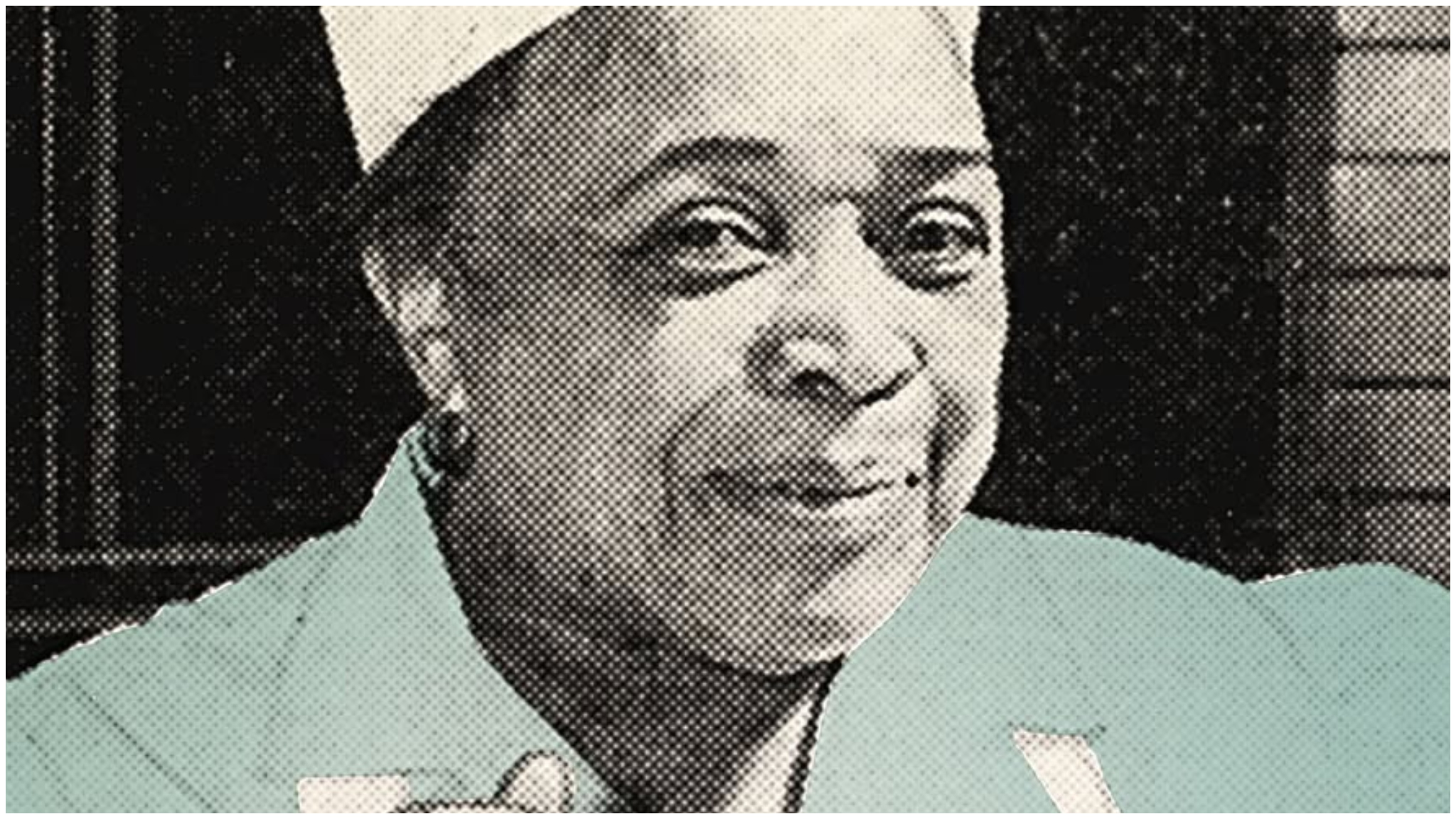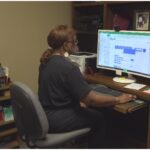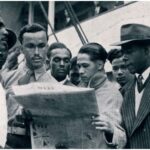Malinda Russell’s groundbreaking contribution to the culinary world came in 1866 when she published A Domestic Cook Book, the first cookbook authored by an African American woman in the United States. This remarkable work, recently reprinted by the University of Michigan Regional Press, provides a rare glimpse into the cuisine of the 19th century, blending Southern traditions with a personal touch from a free woman of color during a transformative period in U.S. history.
A Culinary Pioneer Ahead of Her Time
Russell’s cookbook, published in Paw Paw, Michigan, includes 260 recipes, known as “receipts” in her time, and reflects her extensive culinary career. Over the span of 25 years, she worked in various kitchens, including as a personal cook and baker for families in Tennessee, Virginia, North Carolina, and Kentucky. Her book offers recipes for everything from savory dishes to sweet treats, a nod to her bakery background. These recipes showcase the fusion of Northern and Southern flavors and provide insight into the dietary habits of the time.
In the preface to her cookbook, Russell expressed her dual intent of benefiting both herself and the public. Her words speak to the perseverance and self-sufficiency that defined her life: “I have put out this book with the intention of benefiting the public as well as myself.” Russell’s work not only captured her culinary expertise but also preserved a piece of African American history that would otherwise be lost to time.
Malinda Russell’s Life Journey and Culinary Roots
Born in Washington County, Tennessee, around 1830, Russell’s early life was marked by resilience and determination. Her grandmother had been emancipated, which allowed Malinda to grow up as a free woman. Despite the laws in Virginia requiring emancipated slaves to leave the state, Russell navigated the challenges of the pre-Civil War era, which included attempted emigration to Liberia and the hardships of being robbed by fellow emigrants.
She eventually settled in Lynchburg, Virginia, where she worked as a personal nurse to white families and began her career in cooking. By 1850, Russell married Anderson Vaughan, but the couple’s life was not without hardship. Following her husband’s death, Russell moved to Greenville, Tennessee, where she operated a boarding house and later a bakery during the Civil War years. It was in Michigan that her passion for cooking culminated in the publication of A Domestic Cook Book.
A Look Inside A Domestic Cook Book
The cookbook contains a wide array of recipes, but its true value lies in its reflection of the daily life and culture of the time. From everyday meals to more complex preparations, Russell’s recipes were meant for experienced cooks. She didn’t provide specific cooking times or temperatures, assuming that readers already had the knowledge to interpret her instructions, especially with the common use of cast-iron stoves without gauges.
Russell’s cookbook was far more than a collection of recipes. It was a glimpse into the life of a woman who made a living through her culinary skills at a time when such expertise was rarely credited. Her book included “Rules and Regulations of the Kitchen,” detailing her cooking experience across several Southern states. Her cookbook, which reflected both the struggles of her life and her passion for cooking, remains a lasting testament to her legacy.
The Revival of Russell’s Cookbook
Though Russell’s cookbook was long forgotten, its rediscovery in the late 20th century sparked a renewed interest in her life and work. Culinary historian Janice Longone unearthed the book, and it was first reprinted in 2007. Now, in 2025, the University of Michigan has reprinted the book once more, offering a modern audience a chance to explore the rich culinary history that Russell documented.
Today, A Domestic Cook Book continues to inspire chefs and food historians alike. Enterprising cooks have even recreated her recipes, sharing their experiences on platforms like YouTube, helping to preserve her contributions to American culinary culture. Russell’s cookbook is more than just a collection of recipes; it is a cultural artifact, a window into a time and place that shaped the culinary traditions we know today.





